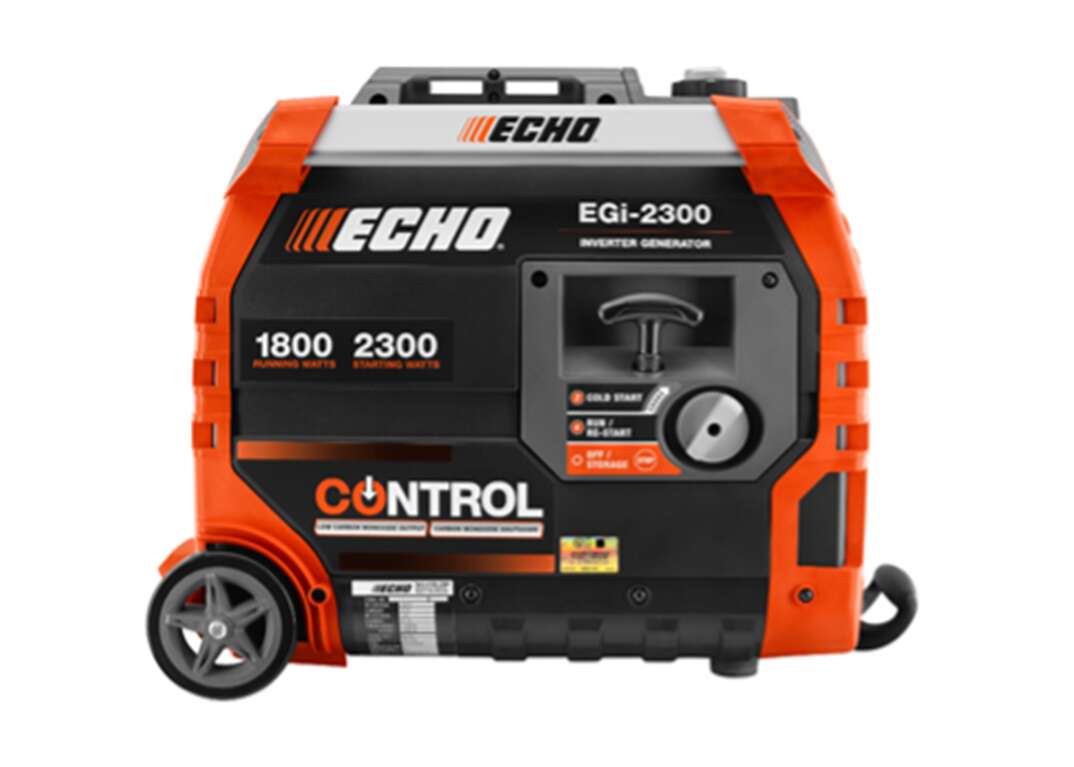10 must-have electrical tools for DIY projects

When you're ready to roll up your sleeves and get your hands dirty with home maintenance, home repair and home improvement projects, your go-to is the trusty toolbox. That’s why it’s important to ensure your toolbox is as prepared as you are.

Here are the top 10 electrical tools to have on hand when completing DIY projects:
1. Circuit or voltage tester
This handy tool tests electrical outlets to determine if an electrical current is present. You can use it to confirm that an electrical component is broken, such as a lamp or outlet. It's also helpful for double checking that circuits are "dead" before diving into DIY projects, even after you've switched the corresponding circuits to their "off" positions.
2. Battery tester
This instrument does exactly what you’d expect. It's useful for determining if there's any life left in loose batteries, as well as testing malfunctioning products to see if the problem is because of dead batteries or something else entirely. Battery testers are available with both digital and analog meters, and they vary by the types and sizes of batteries they test.
3. Multimeter
This meter checks various electrical properties, including AC or DC voltage, current and resistance, allowing you to test batteries, power sources and switches. Like battery testers, they're also available in digital or analog models and can be used to troubleshoot electrical issues.
4. Pliers
Two types of pliers that are important for electrical DIY projects: lineman's and long-nosed. The former can do pretty much anything, helping you grip, twist, cut, pull, crimp and bend wires and cables. Long-nosed pliers, also referred to as needle-nosed, are skinnier than lineman's pliers, which makes them perfect for reaching small, tight places to bend or cut wire.
5. Electrical tape
If you need to cover or insulate wires, this is the tape you need. It's made of plastic vinyl and easily adheres to wires. You can wrap electrical tape around wires after making connections for added security or use it to distinguish between different wires and cables.
6. Fish tape
You can use this heavy-duty steel tape to route new wires through walls, metal and electrical conduits. It essentially serves as a guide when working in these confined spaces.
7. Insulated screwdriver
You can purchase flathead and Phillips head screwdrivers with insulated handles and shafts that can protect you from electrical shocks up to 1,000 volts. This safeguard is especially important when removing cover plates, boxes and screws to access electrical devices that may send an accidental spark your way.
8. Wire stripper or cutter
These tools look like pliers, but you can use wire strippers to cut the plastic or rubber insulation that surrounds cables and wires without damaging the infrastructure. They're available with different teeth, which allow them to cut through insulation of varying thickness.
9. Wire connectors
While you may be inclined to twist wires together and seal them with electrical tape, this isn't a secure way to connect them. Instead, you can use wire connectors, which are available in variety packs.
10. Flashlight
Safety always comes first. So, when you're performing any electrical DIY task, the first step is always turning off the power at the main circuit panel. Having a handheld flashlight or your phone nearby to illuminate your workspace is always a good idea.
If you encounter serious issues or feel that you’ve taken on a DIY project out of your comfort zone, call a professional electrician for help. Here are some good tips to know when it's time to call in the experts.
Being prepared before home repair issues arise is always a good strategy. Plans from HomeServe can help with the costs of covered repairs. See what plans are available in your area.


